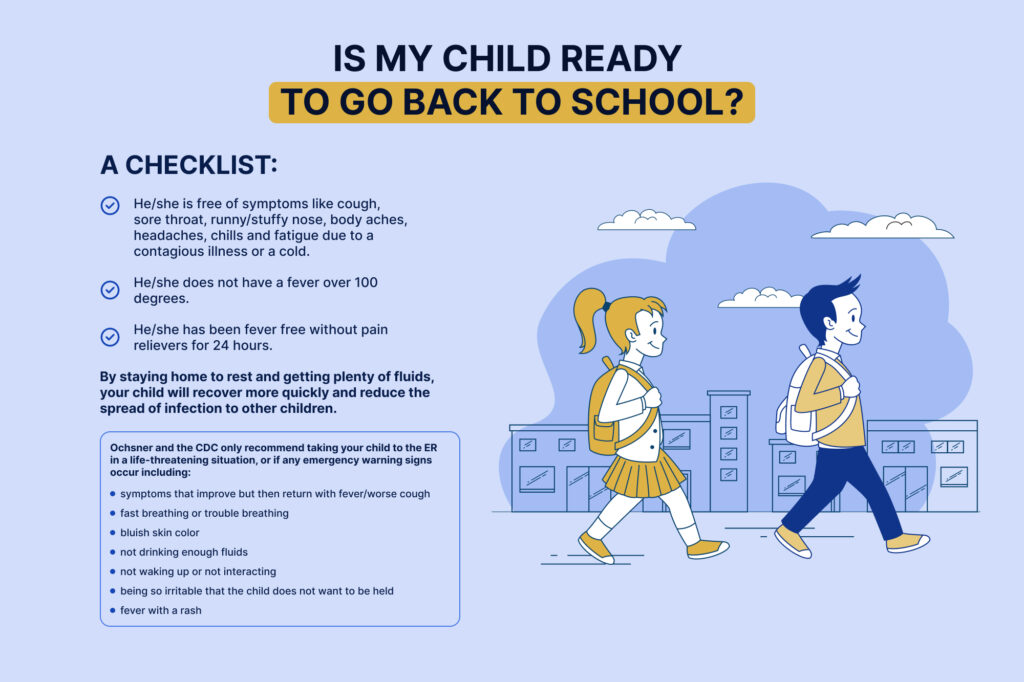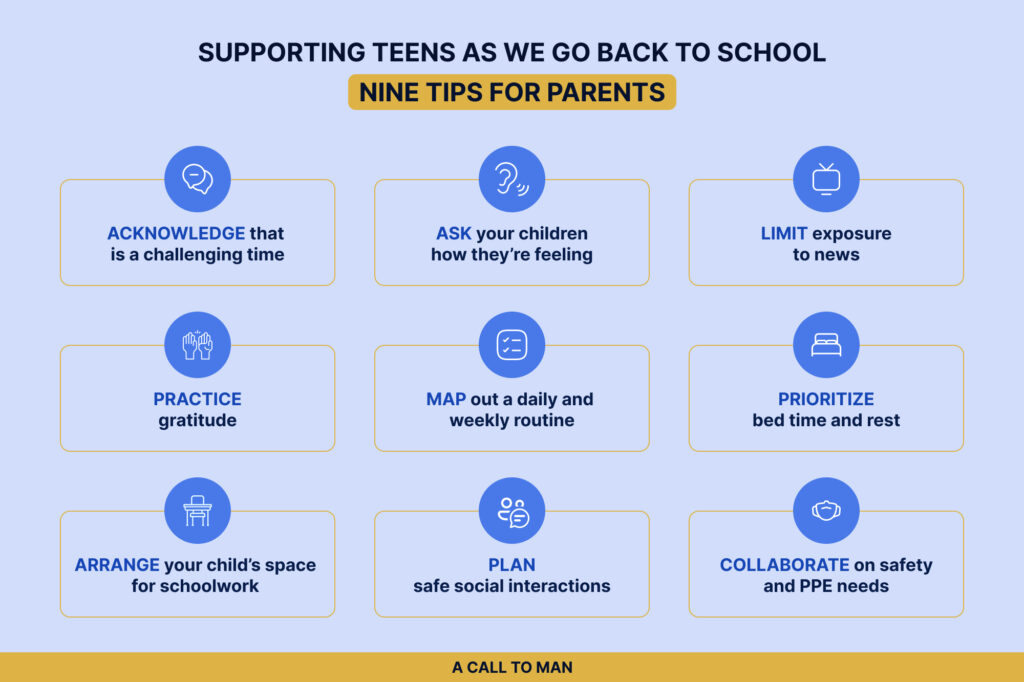As a parent, supporting your child’s return to school can be challenging, especially if your child experiences Pathological Demand Avoidance (PDA). PDA is a complex profile within the autism spectrum characterized by an extreme avoidance of everyday demands and expectations. Children with PDA may struggle with transitioning back to school due to the overwhelming demands and sensory stimuli present in the educational environment. In this guide, we’ll explore strategies and tips to help parents support their children with PDA in returning to school successfully.
Understanding Pathological Demand Avoidance (PDA)
Before diving into strategies, it’s essential to understand PDA and its impact on children. PDA is characterized by an intense need to be in control and a pervasive avoidance of demands, leading to difficulties with authority figures, unpredictable behaviors, and extreme anxiety. Children with PDA often struggle with social interactions, emotional regulation, and sensory sensitivities, making the school environment particularly challenging for them.
Preparing for the Transition
First step in preparing is recognizing when your child is ready to return to school is a crucial aspect of supporting their successful transition. Signs that your child may be ready include expressing enthusiasm or curiosity about school, demonstrating increased tolerance for routine and structure, and exhibiting improved coping skills and emotional regulation. Additionally, your child may show readiness by engaging in activities that simulate school-like environments, such as attending playdates, participating in structured hobbies or extracurricular activities, or demonstrating interest in learning new skills. As a parent, observing your child’s behavior, listening to their concerns, and maintaining open communication can provide valuable insights into their readiness to return to school. It’s essential to consider your child’s individual needs, preferences, and comfort level when making the decision to transition back to school, and to continue providing support and encouragement throughout the process.
Moreover, engaging in activities that promote emotional regulation and resilience can prepare your child for the challenges of the school environment. Practice relaxation techniques together, such as deep breathing or mindfulness exercises, to help your child manage stress and anxiety. Encourage them to identify and challenge negative thoughts or worries that may arise about returning to school, and teach them coping strategies to address these concerns effectively. Additionally, gradually exposing your child to school-related stimuli, such as visiting the school grounds or meeting with teachers in a familiar setting, can help desensitize them to potential triggers and build their confidence. It’s essential to monitor your child’s responses and adjust the pace of the transition based on their comfort level and needs. By fostering a supportive and nurturing environment at home and implementing actionable psychology recommendations, you can empower your child to navigate the return to school with confidence and resilience.

Communicate with Your Child
Before the start of the school year, have open and honest conversations with your child about returning to school. Validate their feelings and concerns about the transition while emphasizing the positive aspects of school, such as seeing friends, learning new things, and engaging in enjoyable activities.
Create a Visual Schedule
Visual schedules can help children with PDA understand and anticipate the daily routine at school. Work with your child to create a visual schedule that outlines the activities and expectations for each day, including schoolwork, breaks, and preferred activities. Display the schedule in a prominent place at home and review it regularly with your child to reinforce familiarity and predictability.
Collaborate with School Staff
Establish Open Communication
Establish open and collaborative communication with your child’s teachers, support staff, and school administrators. Share information about your child’s diagnosis, strengths, challenges, and individualized support needs. Collaborate on developing strategies and accommodations to support your child’s success in the classroom.
Implement Sensory Supports
Sensory sensitivities are common in children with PDA and can significantly impact their ability to participate in school activities. Work with school staff to implement sensory supports, such as providing sensory tools (e.g., fidget toys, noise-canceling headphones) and creating sensory-friendly spaces where your child can retreat to when feeling overwhelmed.
Implement Positive Behavior Support Strategies
Use Positive Reinforcement
Positive reinforcement can be a powerful tool for motivating and encouraging desired behaviors in children with PDA. Praise your child’s efforts and achievements, no matter how small, and use tangible rewards or incentives to reinforce positive behaviors. Focus on strengths and areas of improvement, fostering a sense of accomplishment and self-confidence.
Offer Choices and Flexibility
Children with PDA often feel a heightened need for control over their environment and activities. Offer your child choices and opportunities for autonomy within structured limits. Allow flexibility and negotiate compromises when possible to accommodate your child’s preferences and reduce resistance to demands.
Foster Emotional Regulation and Resilience
Teach Coping Skills
Help your child develop coping skills to manage anxiety, frustration, and overwhelm in school settings. Practice relaxation techniques such as deep breathing, mindfulness, or progressive muscle relaxation together. Encourage self-expression through creative outlets like art, music, or journaling to process emotions and reduce stress.
Build Resilience
Foster resilience in your child by emphasizing problem-solving skills, adaptability, and perseverance in the face of challenges. Teach your child to identify and challenge negative thoughts, reframe setbacks as learning opportunities, and develop a growth mindset focused on effort and progress rather than perfection.

Seek Professional Support When Needed
Access Resources and Services
Accessing professional support and resources can be instrumental in helping your child with PDA thrive in the school environment. Consult with pediatricians, psychologists, occupational therapists, and other specialists who have experience working with children with PDA. Explore available services and interventions, such as behavioral therapy, social skills training, and educational support programs tailored to your child’s needs.
Advocate for Accommodations
Advocate for accommodations and support services that address your child’s unique needs and challenges in the school setting. Work collaboratively with school staff to develop an Individualized Education Program (IEP) or a 504 plan outlining accommodations, modifications, and goals to support your child’s academic and social-emotional development.
Conclusion: Empowering Your Child’s Success
Supporting a child with PDA in returning to school necessitates a multifaceted approach that encompasses various aspects of their development and well-being. Firstly, parents and caregivers must cultivate patience and understanding as they navigate the challenges associated with PDA. This involves recognizing and validating their child’s unique needs, preferences, and struggles, while also providing unwavering support and encouragement. Additionally, fostering proactive collaboration between parents, caregivers, and school personnel is essential. This collaboration ensures that everyone involved in the child’s education is informed, engaged, and working towards the common goal of supporting the child’s success. By implementing strategies to prepare for the transition, such as creating visual schedules, practicing relaxation techniques, and gradually reintroducing school-related routines, parents can help alleviate anxiety and build their child’s confidence. Collaborating with school staff to develop individualized support plans, including accommodations and modifications, ensures that the child’s needs are met in the classroom environment. Implementing positive behavior support strategies, such as using reinforcement techniques and offering choices and flexibility, helps promote desired behaviors and reduce resistance to demands. Furthermore, fostering emotional regulation and resilience through teaching coping skills and promoting self-expression empowers children with PDA to navigate the inevitable challenges of the school environment with confidence and adaptability. Finally, accessing professional support when needed, such as consulting with mental health professionals or attending support groups, provides additional resources and guidance for parents and caregivers. With advocacy, support, and a nurturing home-school partnership, children with PDA can thrive academically, socially, and emotionally, unlocking their full potential and paving the way for a brighter future.







